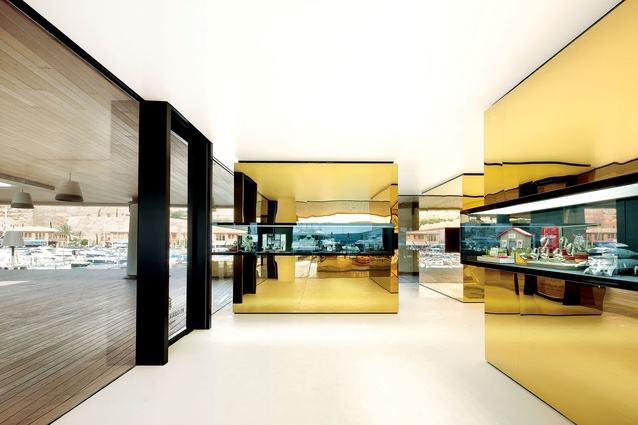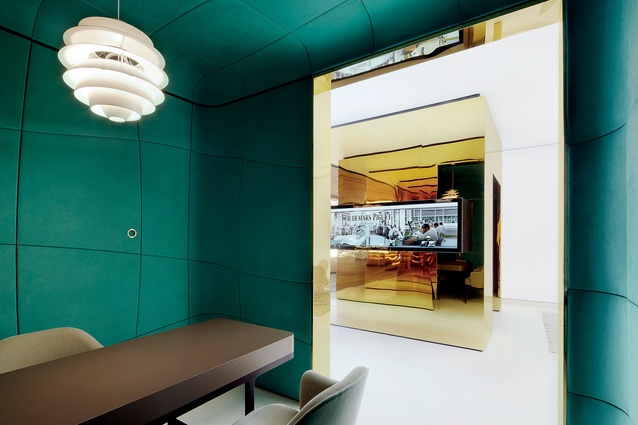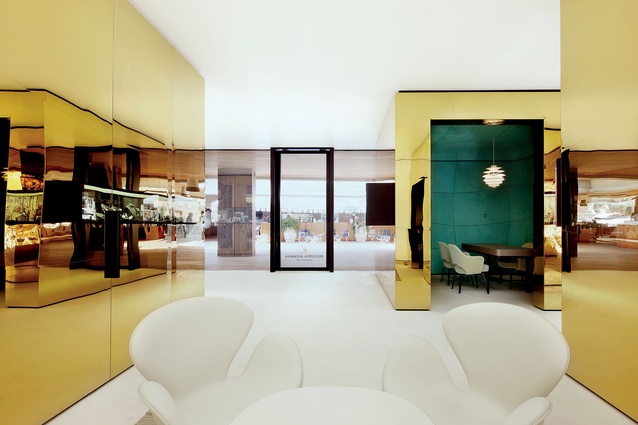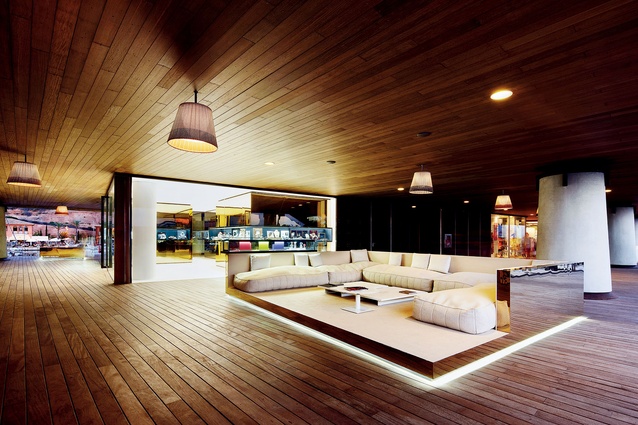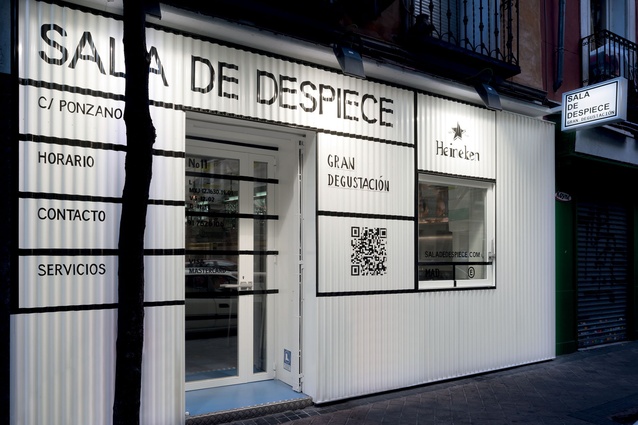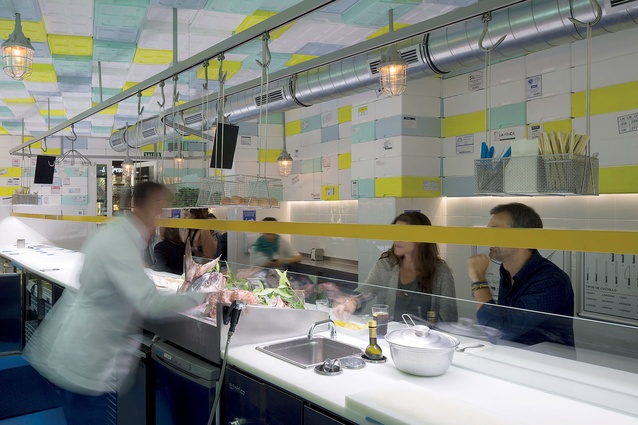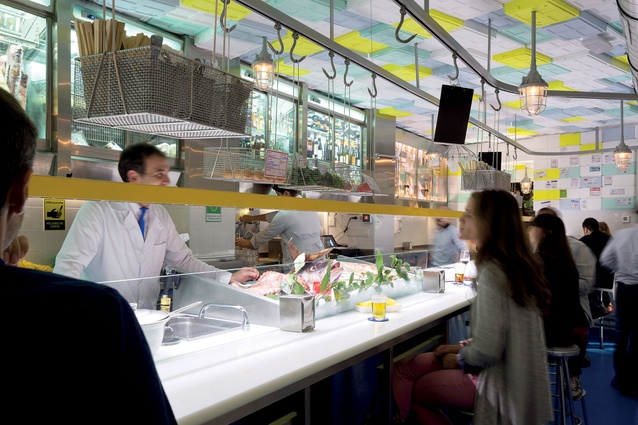Oh-My
Paloma Hernaiz and Jaime Oliver are well-travelled Spaniards. The pair met in New York at Columbia University and worked for renowned international architectural practice OMA in Beijing around the time when the Olympic Games were being hosted there. By that stage, they’d been away from their home country for a decade which, according to Oliver, “is about the time you decide whether to become a partner or start your own architectural firm”. The duo opted for the latter – although they still collaborate with OMA – and, in 2007 Ohlab was born.
In contrast to the mammoth beast that is OMA, Ohlab wants to retain its small size – a decision aimed at quality control. The studio employs a steady team of five although numbers fluctuate depending on the work at hand. “We put a lot of energy into executing everything with detail and finesse,” says Oliver. “We couldn’t transpose the way we worked at OMA,” adds Hernaiz while insisting that the tightness of the team means they can do things like “make a little competition among the staff to explore options and all come together to present our ideas”.
What the pair calls its “laboratory-like approach” is another way of saying that they question everything: programme, materials and even the brief. “Clients like that,” says Oliver. “If a client tells me he wants to start a restaurant, I’ll ask him if he’s really sure. We try to offer a huge array of answers and possibilities that otherwise wouldn’t have been explored. We also try to avoid anything that has a style or is concerned only with aesthetics.”
The financial crisis has resulted in a diverse range of projects. One day it’s gold and jewels, the next it’s a low-budget restaurant, the constraints of which require a great deal of creativity.
“The past few years of financial uncertainty in Spain have resulted in a lot of competition between architectural firms,” says Oliver. “Many offices closed and the ones that survived have probably had to work harder. At the same time there’s probably less work available for the same number of offices. There’s possibly more time to devote to projects now, but the situation
has had a huge positive impact on creativity”. Finding a cost-effective and clever solution also led to the inclusion of containers in a Madrid photography studio. The owner uses the 400m² space for events and wanted a room to lock away his expensive equipment. “Someone came up with the idea of the ‘room’ being a shipping container,” says Oliver, so they inserted one
into the existing space. “It initially seemed difficult to achieve but, it the end it was the best option. The general rule? Don’t discard anything.”
For a small team that often focuses on minute details, it’s surprising to see a series of master plans, including museums and social-housing projects, in Ohlab’s portfolio. “In a way the process is similar,” says Oliver, “whether we’re working on 50,000m2 urban projects or small boutiques. We try to apply the same level of competence to every aspect of our designs. Some projects require a lot more work but the starting point is always the same.” That initial kernel comes from programme and massing studies, site investigations, and laying out all of the possibilities on the table. “We do believe in inspiration but we think it’s a result of working hard,” says Oliver.

